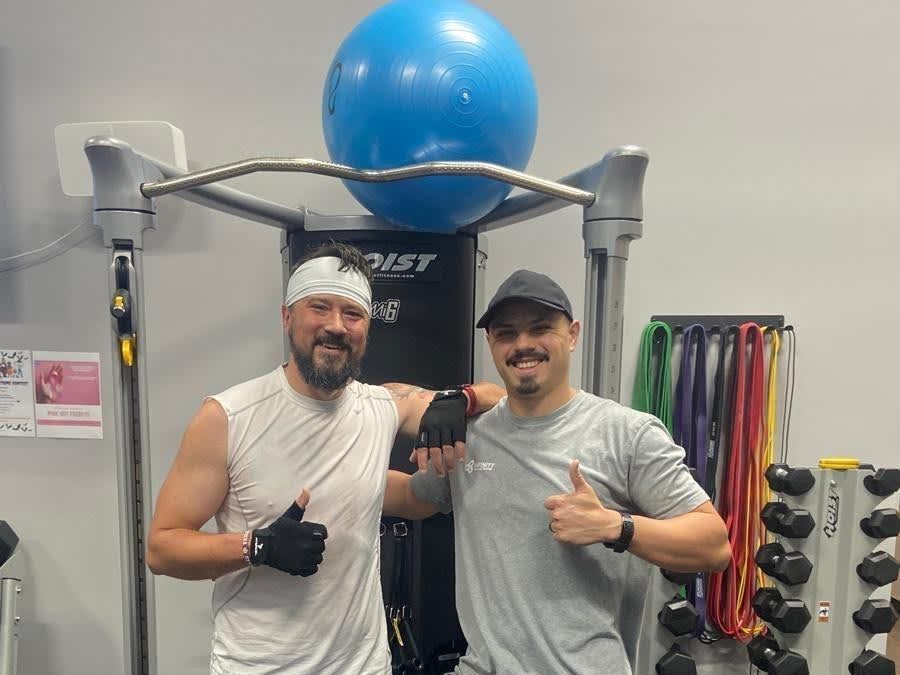October 17, 2011
3 Reasons to Eat Organic or Pasture-Raised Meat
For a long time I balked at “animal rights activists” who preached the perils of all those poor animals and the suffering they had to endure for us carnivores. Then, as I learned more about the real suffering that was going on in the overcrowded factory farms, I chose to not think about it as I purchased my chicken and beef in those neat cellophane packages. Well, another decade has gone by, and more research has been done on the impacts of factory farming (sometimes referred to as CAFO’s-concentrated animal feeding operations). Not only are we harming helpless animals in our quest for good meat, we are harming our own health by eating meat from these farms.
Based on the latest research, here are three good reasons to incorporate organic, grass fed, and free range meat, poultry and eggs into your diet:
Factory-Farmed Meat is Bad For Our Health
Scientific research over the last several years has proven that the structure and make-up of meat from CAFO’s is less nutritious, higher in fat and more toxic. The old adage, “you are what you eat,” is very true. Animals that ingest genetically modified grains and are kept from their natural diets have a different kind of meat on their bodies. In addition, almost half of the meat and poultry sold in the US is contaminated by the dangerous bacteria staphylococcus aureus (“Staph”), and yet staph is not one of the four bacteria routinely tested for by the USDA. Because of this and many other bacteria strains common in these unsanitary, overcrowded farms, animals are often treated with antibiotics that pass through to us. Toxins in pesticide-ridden grains, hormones, vaccines, arsenic in poultry, and the spread of disease from feeding ground-up meat and bone meal to cows is also affecting the quality of the meat which impacts our health. The spread of e-coli, mad cow disease, antibiotic resistance, and links to other illnesses such as fibromyalgia and cancer, are creating a growing concern over these types of operations. On the flipside, proponents will argue that regulated, clean factory farms are necessary in our society. The population and demand for meat products makes traditional methods unrealistic. There is a lot of debate on this topic because it is a multi-billion dollar industry. So is the tobacco industry, but we all know the risks associated with smoking. This is just the tip of the iceberg on the research and concerns surrounding the topic. See the links in the Sources section for more information and details.
The Case for Grass-Fed Beef and Free Range Poultry
Meat and poultry products from pastured animals offer many health benefits over CAFO sources. These meats have more of the “good” fat and less of the “bad” fat, and are richer in antioxidants including Vitamin E, beta-carotene, vitamin C and Omega-3’s. The meat is much leaner, having as much as one-third less fat as the same cut of meat from a grain-fed animal. Research shows that lean, grass-fed beef actually lowers your “bad” LDL cholesterol levels and is loaded with other natural minerals and vitamins. Plus it's a great source of CLA (conjugated linoleic acid) a fat that reduces the risk of cancer, obesity, diabetes, and a number of immune disorders. Beef that is grass-fed and grain-finished is common. “Green”-finished means that the cattle is not grain-finished and has remained on pasture 90-120 days before harvest. These final 30 days are thought to be the most significant in determining the nutrient value of an animal.
When chickens are housed indoors and are deprived of their natural diet (greens, insects), their meat and eggs become artificially low in nutrients, especially Omega 3’s. However, hens raised outdoors on pastures produce eggs significantly higher in Omega-3’s and Vitamin D. It is important to look for eggs labeled “from pastured hens,” as opposed to “uncaged” or “free range” because many in this category are not raised outside. Given that commercially raised animals have far fewer nutrients and much greater levels of toxins and disease, it seems clear that we should be consuming pasture-raised meat.
Factory Farms Hurt The Environment
Not only are factory farms hard on animals and the humans who eat them, they can also be very hard on the environment. It is shocking to realize that almost 70% of farmland in the US is dedicated to growing grains that feed our livestock and poultry. They are also incredibly water-intensive, using up a significant portion of our fresh water supply for the animals and for their feed-crops. Increased amounts of fertilizer, pesticides, agrochemicals and manure waste pollutes nearby land and waterways. Massive pits of liquid waste from CAFO’s are sprayed onto nearby farmland and impact both the soil and water quality, not to mention the crops. People that live and work in these communities are exposed to very poor air and water quality and suspect that some of the increased health issues, such as asthma, are related. Environmental impacts can include:
▪ Meat from grass-fed animals requires only one calorie of fossil fuel to produce two calories of food. Many grain crops require from 5 to 10 calories of fossil fuel for every calorie of food produced.
▪ Soil, water and air are polluted by nitrogen and phosphorus from manure and fertilizer used for feed-crops.
▪ Land degradation occurs (reduced fertility, soil compaction, increased salinity).
▪ Grazed lands help slow global warming by removing carbon dioxide from the air, whereas factory farms produce massive amounts of methane and nitrous oxide that contribute to the thinning of the ozone layer.
▪ Well-managed grazing lands provide much-needed habitats for wildlife, reduce water runoff, and provide cleaner, more abundant water for wildlife and human use.
Even if you don’t “buy in” to the health hazards and animal welfare issues associated with factory farms, you can’t deny the differences in nutrients associated with factory-raised animals versus pasture-raised animals. Studies in the US, Canada, UK, Germany and many other countries support the fat, vitamin and overall nutrient-superior findings associated with pasture-raised animals and their by-products (eggs, dairy).
As consumers we have the biggest voice on supply and demand for products. When we choose to spend our money on products that are better for our health and environment, the industry listens and makes changes to support that demand. A comprehensive book on the topic is available with details on the problems with this type of farming, what should be done to meet the demand without compromising health and environment, and what individuals can do to support it. For more information, click here: CAFO: The Tragedy of Industrial Animal Factories.
If you are interested in incorporating more organic and pasture-raised meats, eggs and dairy into your family’s diet, here are a few resources. (And they are great places to find local and organic fruits and vegetables too!)
Local:
Whole Foods Market: http://wholefoodsmarket.com/stores/fairview/
McKinney Farmer’s Market: http://www.chestnutsquare.org/programs/farmers_market.asp
Farmer’s Pal – comprehensive set of links to organic and local farms and markets: http://www.farmerspal.com/organic-farms/region/collin-county-texas/page/1/
On-Line:
Organic Kingdom: http://www.organickingdom.com/
Amazon: http://www.amazon.com
Beyond Organic: http://www.beyondorganicinsider.com/
Sources:
http://www.eatwild.com/healthbenefits.htm
http://www.cafothebook.org/
http://en.wikipedia.org/wiki/Factory_farming
http://www.care2.com/greenliving/why-buy-organic-dairy-meat.html
http://bodyecology.com/articles/the-health-benefits-of-grass-fed-beef
You might also like

Within 6 consistent months at IPT’s Semi Private Program, Diana is down 17.9 lbs and 8.8% body fat! The greatest thing about Diana is she always steps up to the challenge in front of her. From the beginning, she set a big goal and didn’t let anything hold her back from getting there. She quickly implements feedback to progress forward. Her consistency in and outside the gym has been incredible

Within 4 consistent months at IPT’s Semi Private Program, Ryne has lost 20.2 lbs of body fat, and dropped his body fat percentage by 7%! Ryne is super consistent, is always pushing himself in the gym and does the work to get the results he strives for. He also shows up consistently with a positive attitude. Every 5:15 am class he is welcoming everyone in, talking to the new clients and hyping up those around him.


